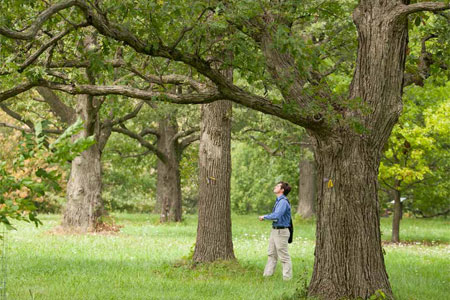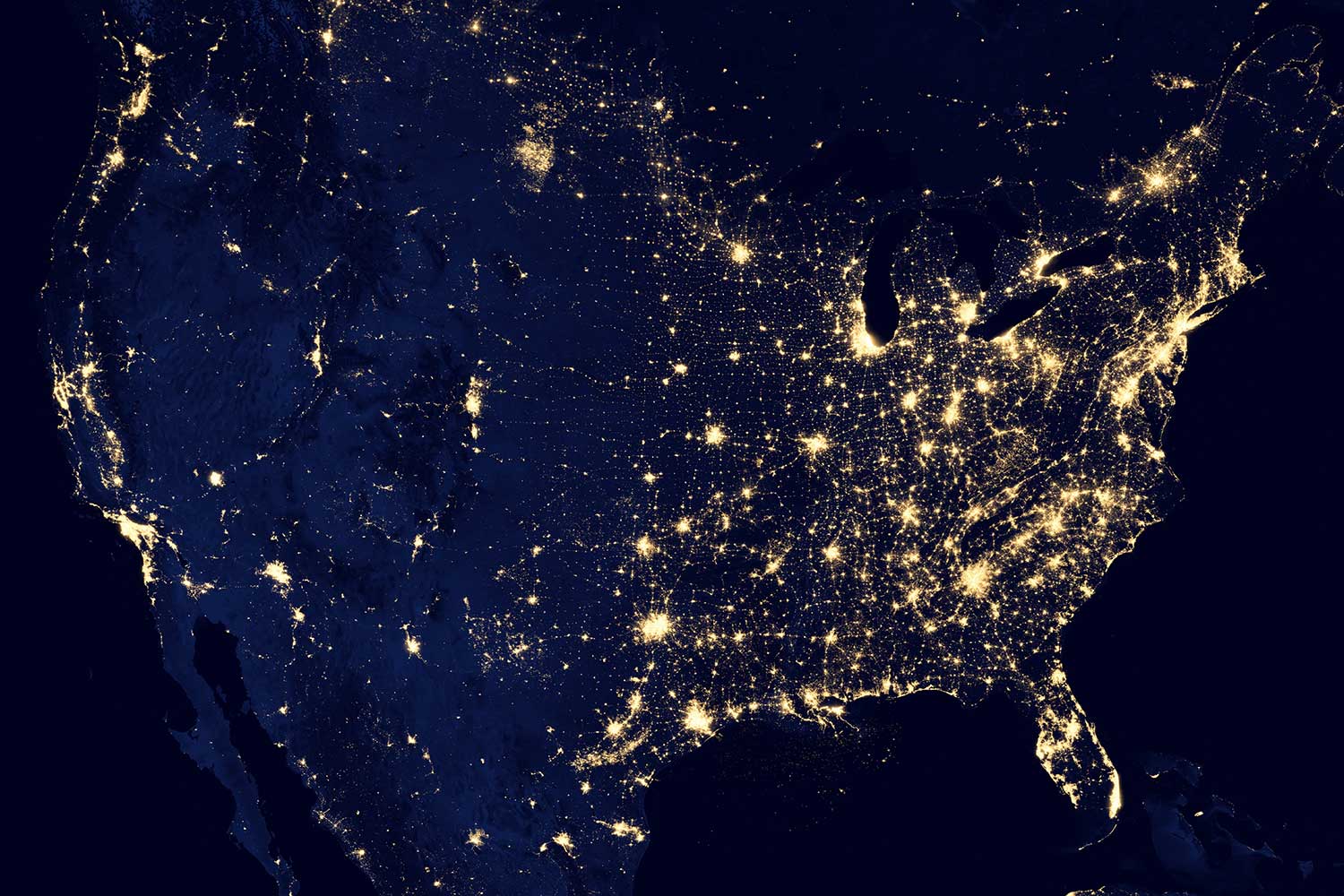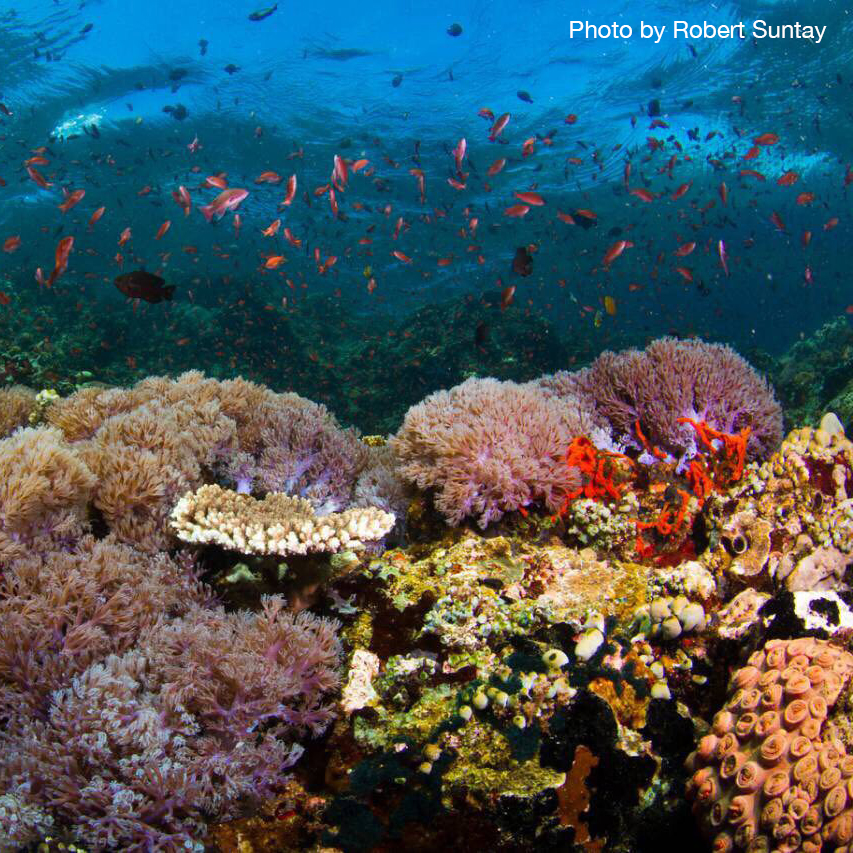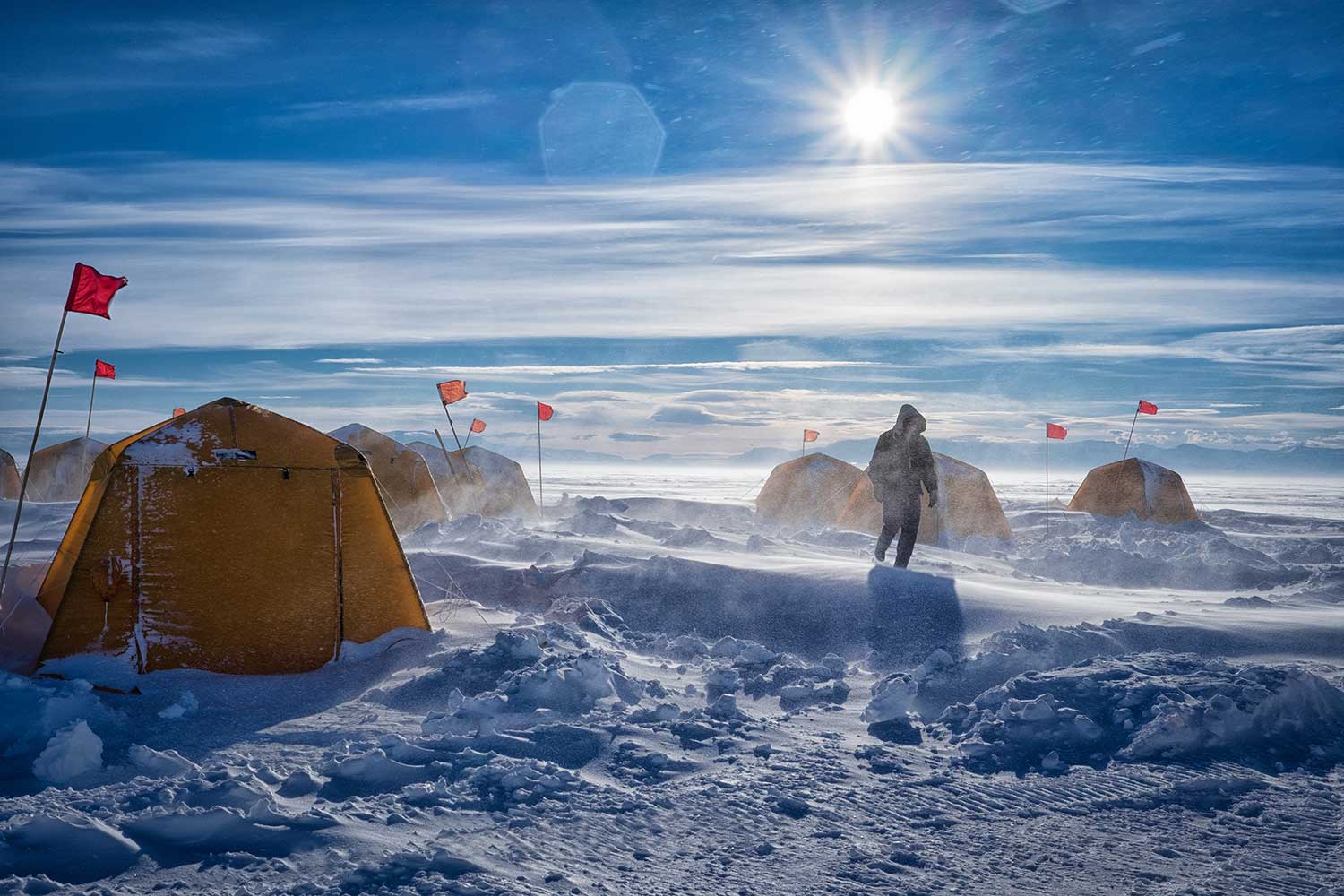
Watch the event here!
With extreme weather events, flooding, drought, and habitat fragmentation on the rise, will our trees be able to weather the storm? What will our parks, preserves, and urban landscapes look like in 50 or 100 years? Grab a drink at the bar (one drink is included in price of ticket), and join us for a compelling discussion led by moderator Jerome McDonnell of WBEZ Radio’s Worldview. Continue reading “The Future of Trees: Hope in a Changing Climate”

Join us for a discussion on strengthening our future energy security through the adoption of advanced energy solutions that will diversify the U.S. economy, increase resiliency and reliability, and mitigate the global impacts of climate change.
Continue reading “Strengthening Our Energy Security Future”

IIT 2017 Darsh T. Wasan lecture with Dr. John P. Holdren
Join Illinois Institute of Technology for their 2017 Darsh T. Wasan lecture. John P. Holdren, Teresa & John Heinz Professor of Environmental Policy, Harvard Kennedy School and Professor of Environmental Science & Policy, Department of Earth & Planetary Sciences, Harvard University will deliver this year’s lecture on “Global Climate Change and U.S. Interests: What We Know. What We Expect. What We Should Do.” Continue reading “Partner Event: 2017 Darsh T. Wasan Lecture”

The area with the most diverse marine life on earth, an area with more documented species than any other place on the planet, is the Verde Island Passage. A ten-mile wide strait in the Philippines, this area lies at the heart of the Coral Triangle, an area in the western Pacific Ocean which includes the waters of Indonesia, Malaysia, the Philippines, Papua New Guinea, Timor Leste and the Solomon Islands. Continue reading “The Heart of Marine Biodiversity: Saving the Verde Island Passage”





